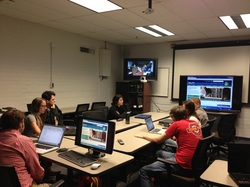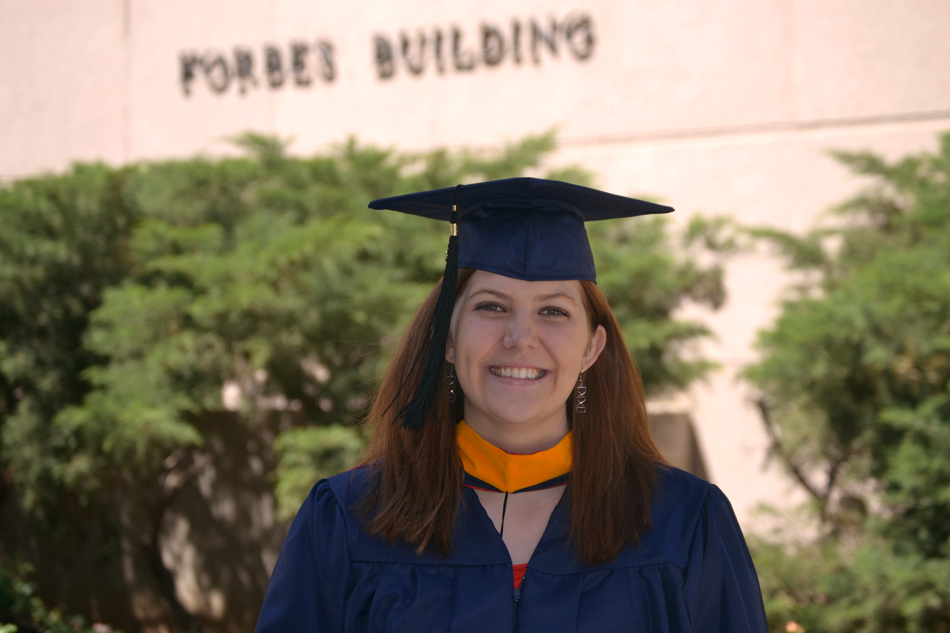 The student-led publication from our RNR 696A: Ecoinformatics course, using data from the National Ecological Observatory Network (NEON) and the infrastructure of the iPlant Collaborative, is published in PLOS ONE - article below http://dx.plos.org/10.1371/journal.pone.0135352 UANews piece by Shelley Littin Martha Gerbhardt successfully defended her Master's looking at plant amendment effects on native plant re-establishment in arid lands. Congratulations Martha!
Spring 2015 Congratulation to Gayle Purdy who recently graduated with her Master's in Applied Biosciences with an emphasis in Industrial Microbial Biotechnology. She will be heading to Purdue university in Lafayette.
|
AuthorThe Gallery Lab Archives
February 2024
Categories |

 RSS Feed
RSS Feed